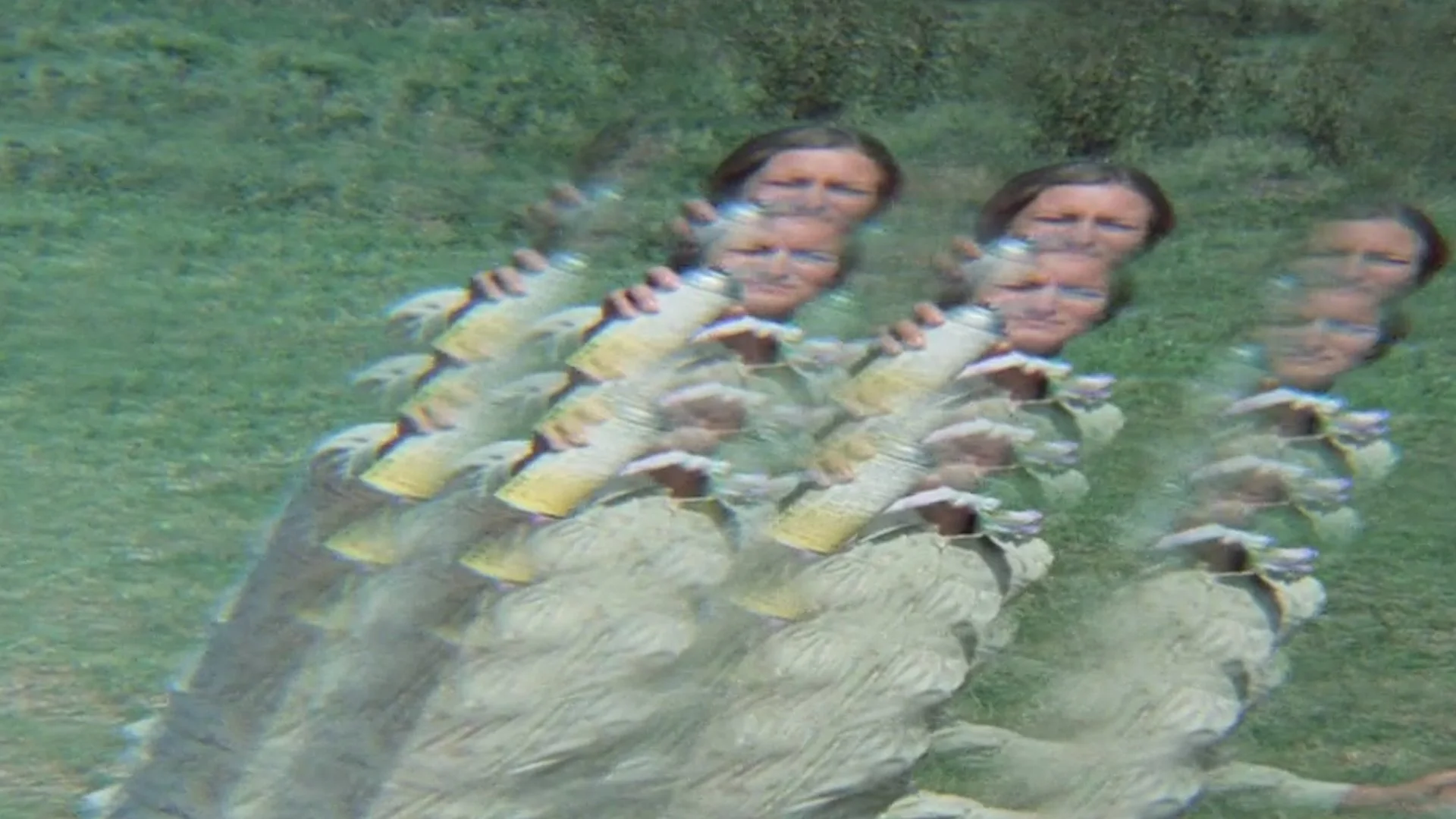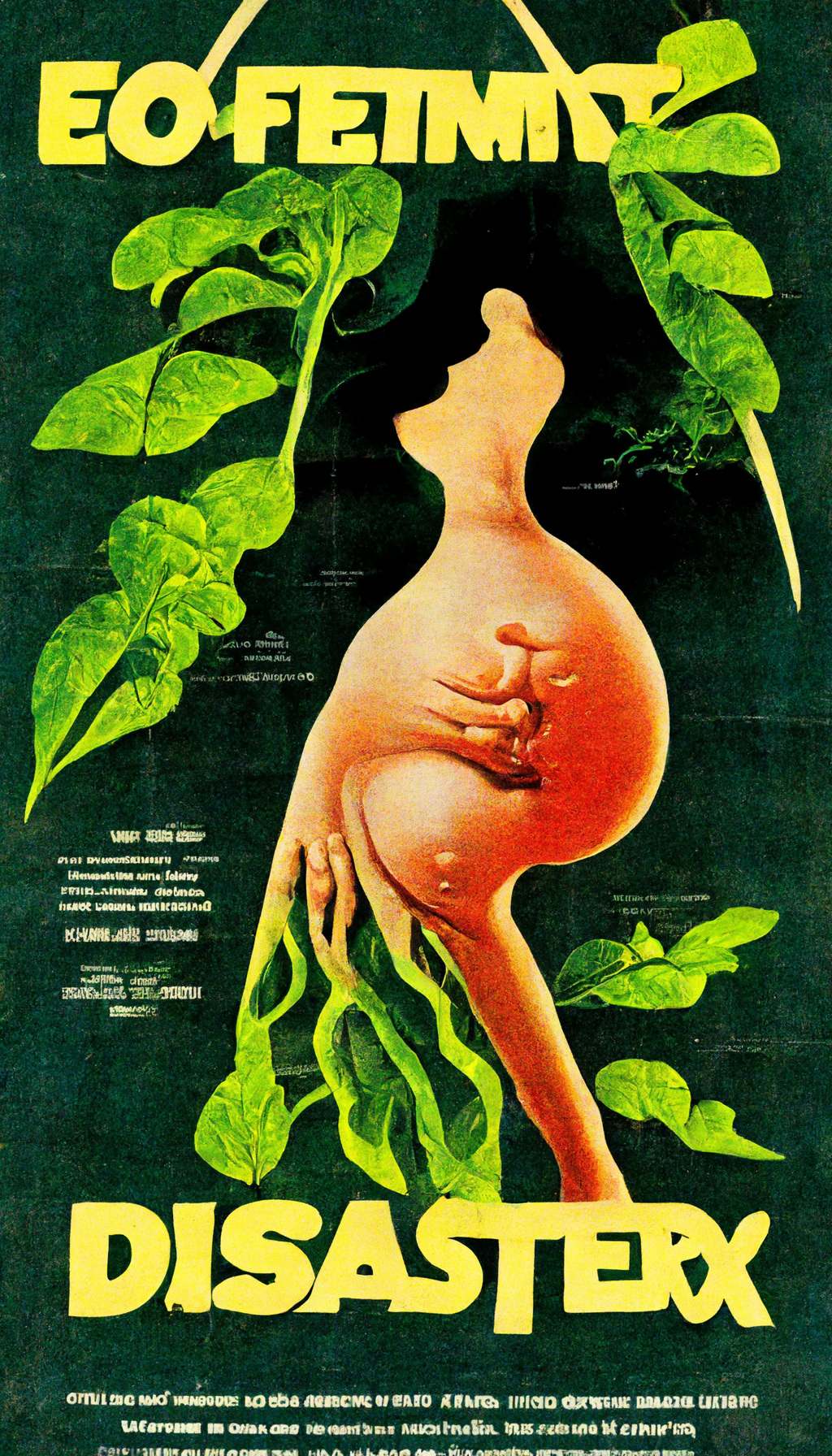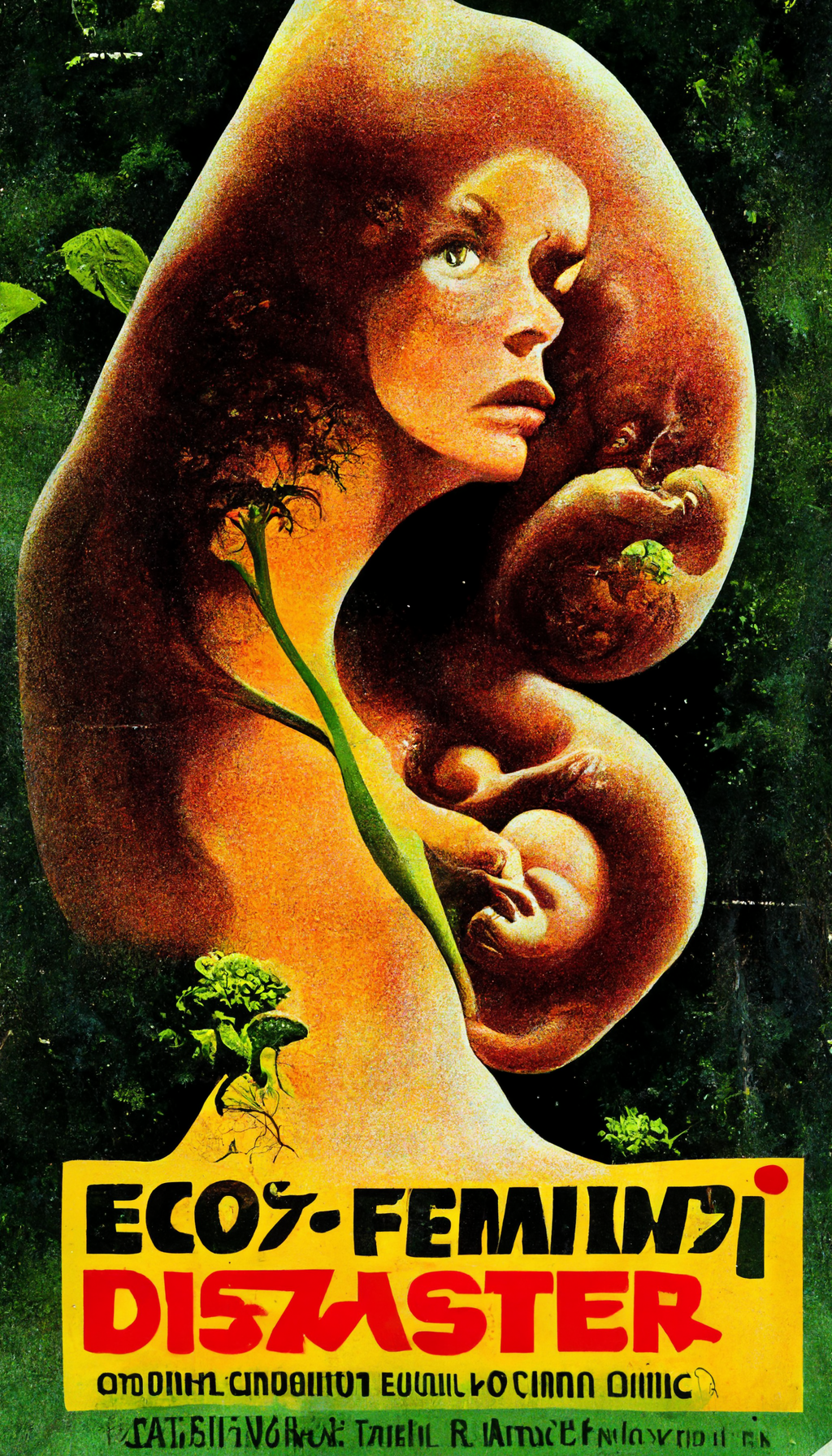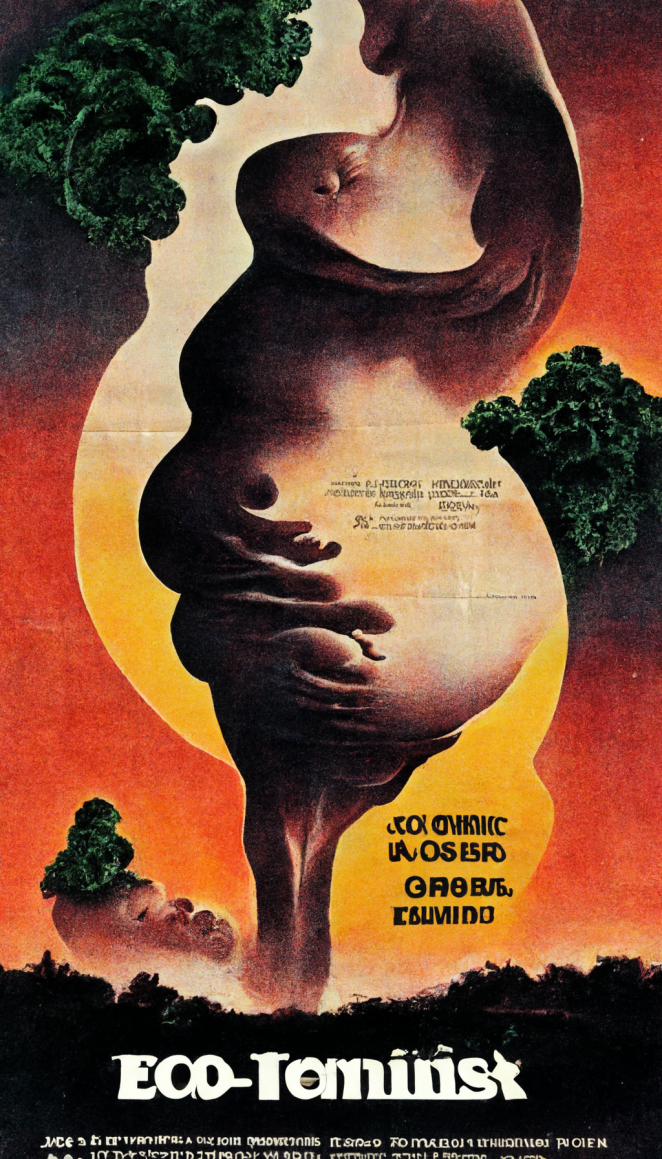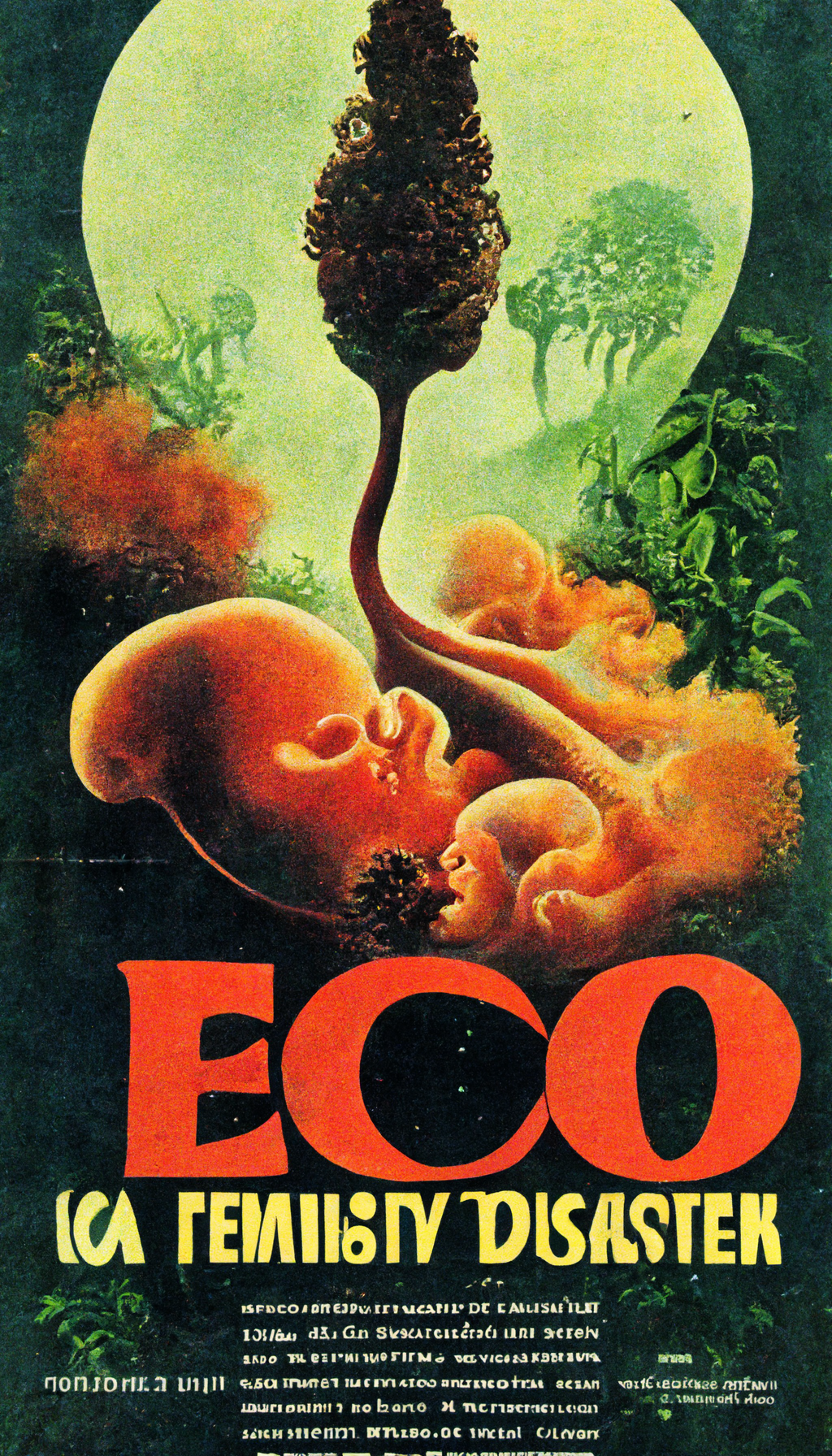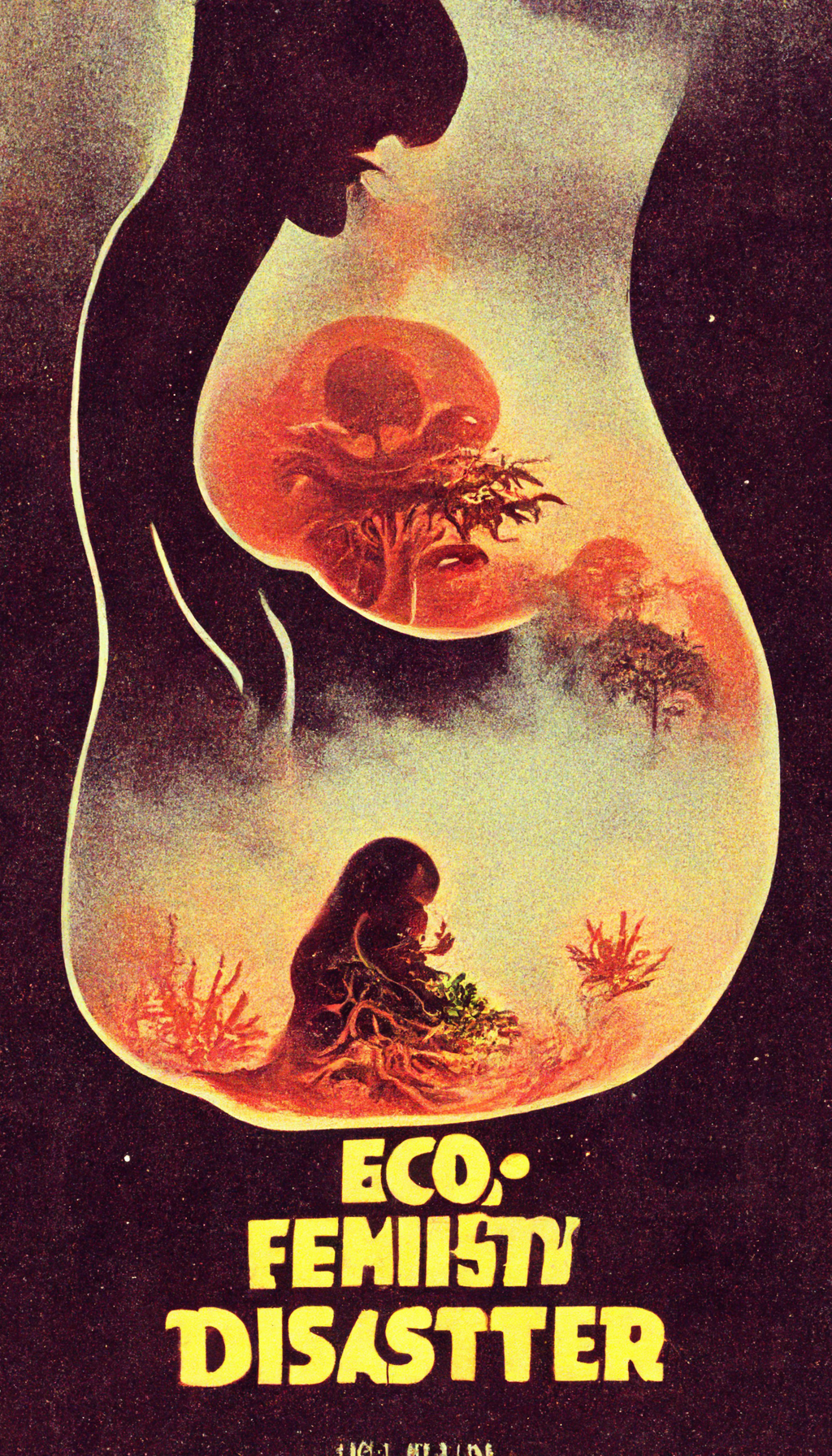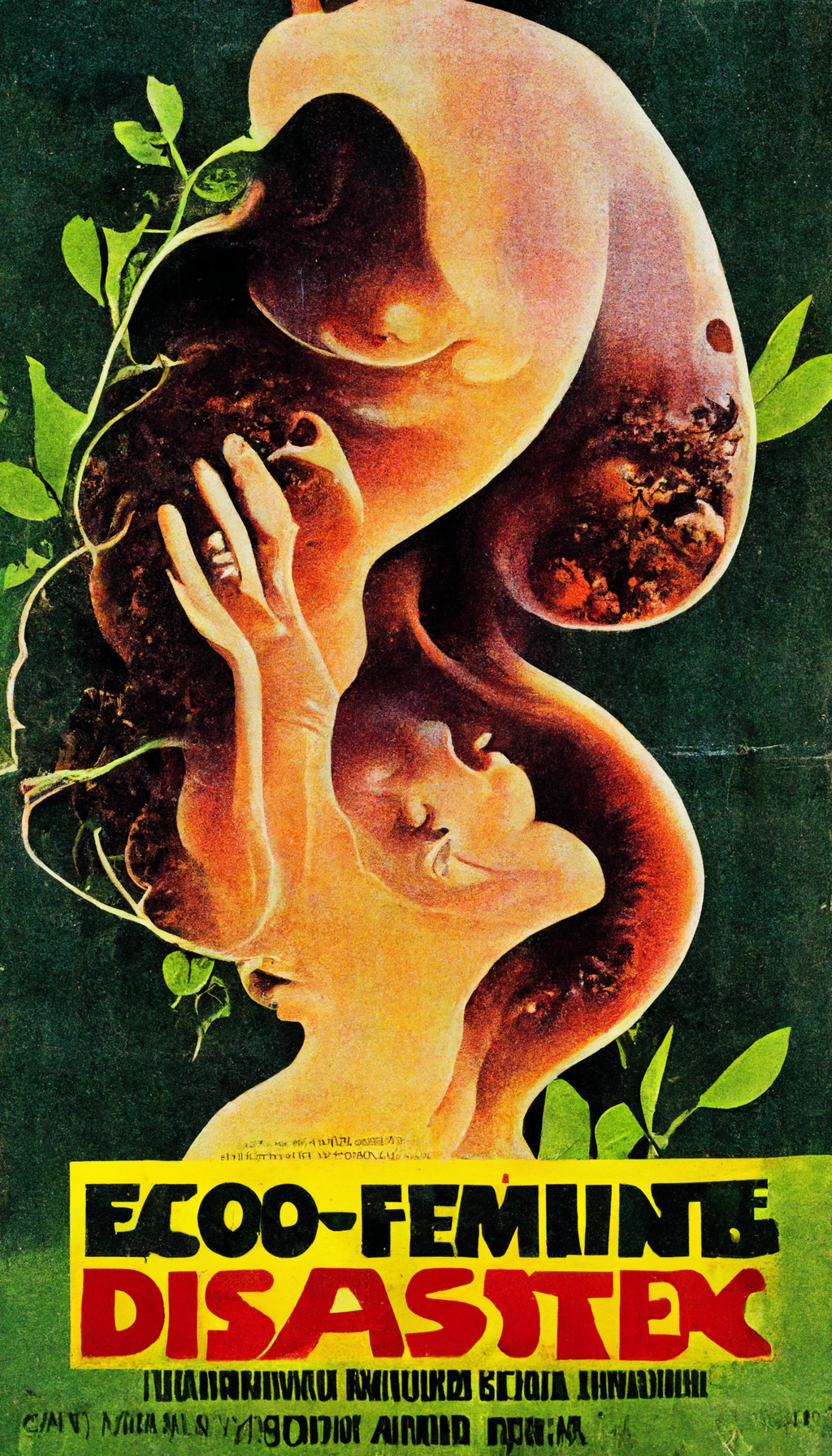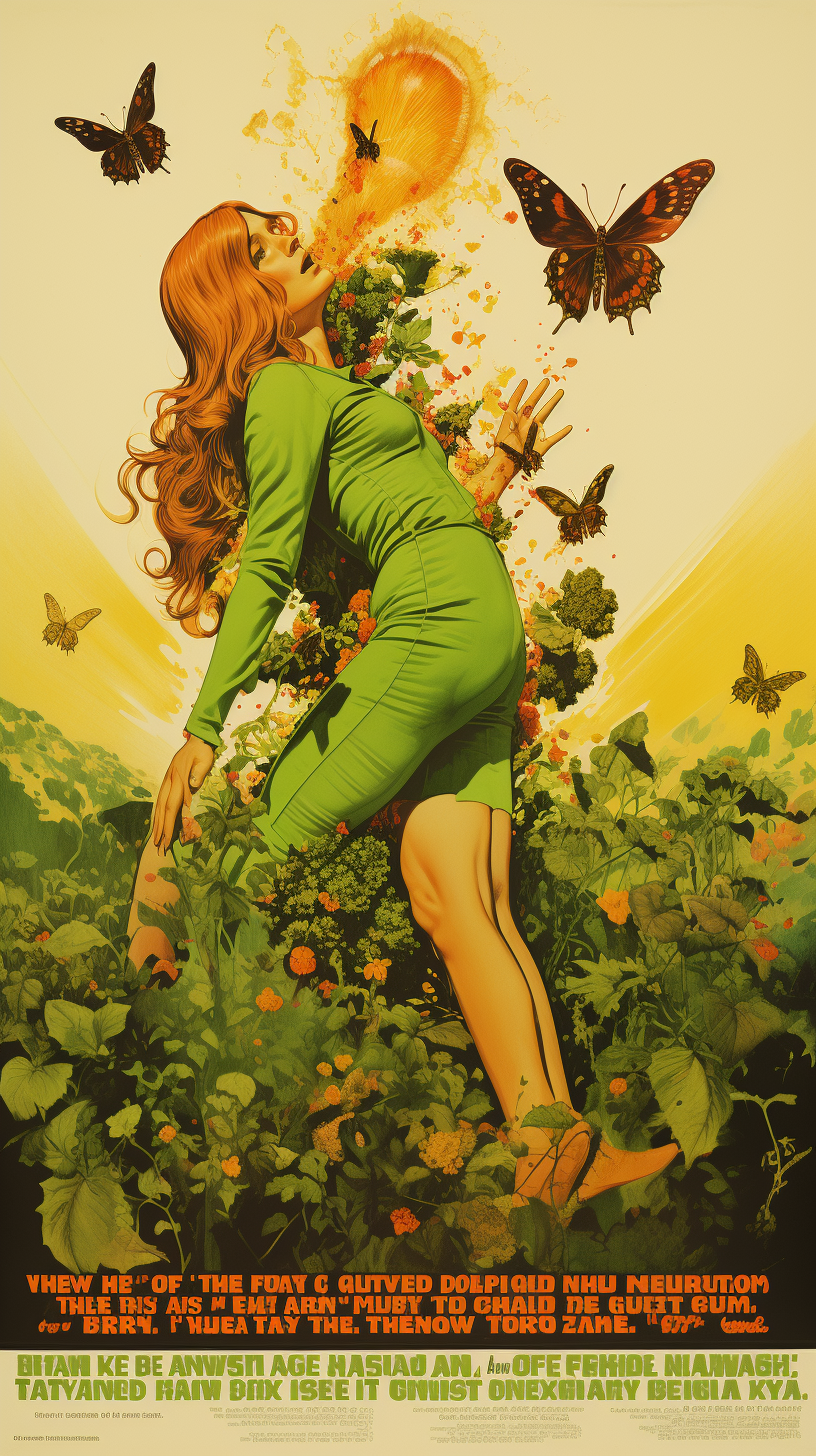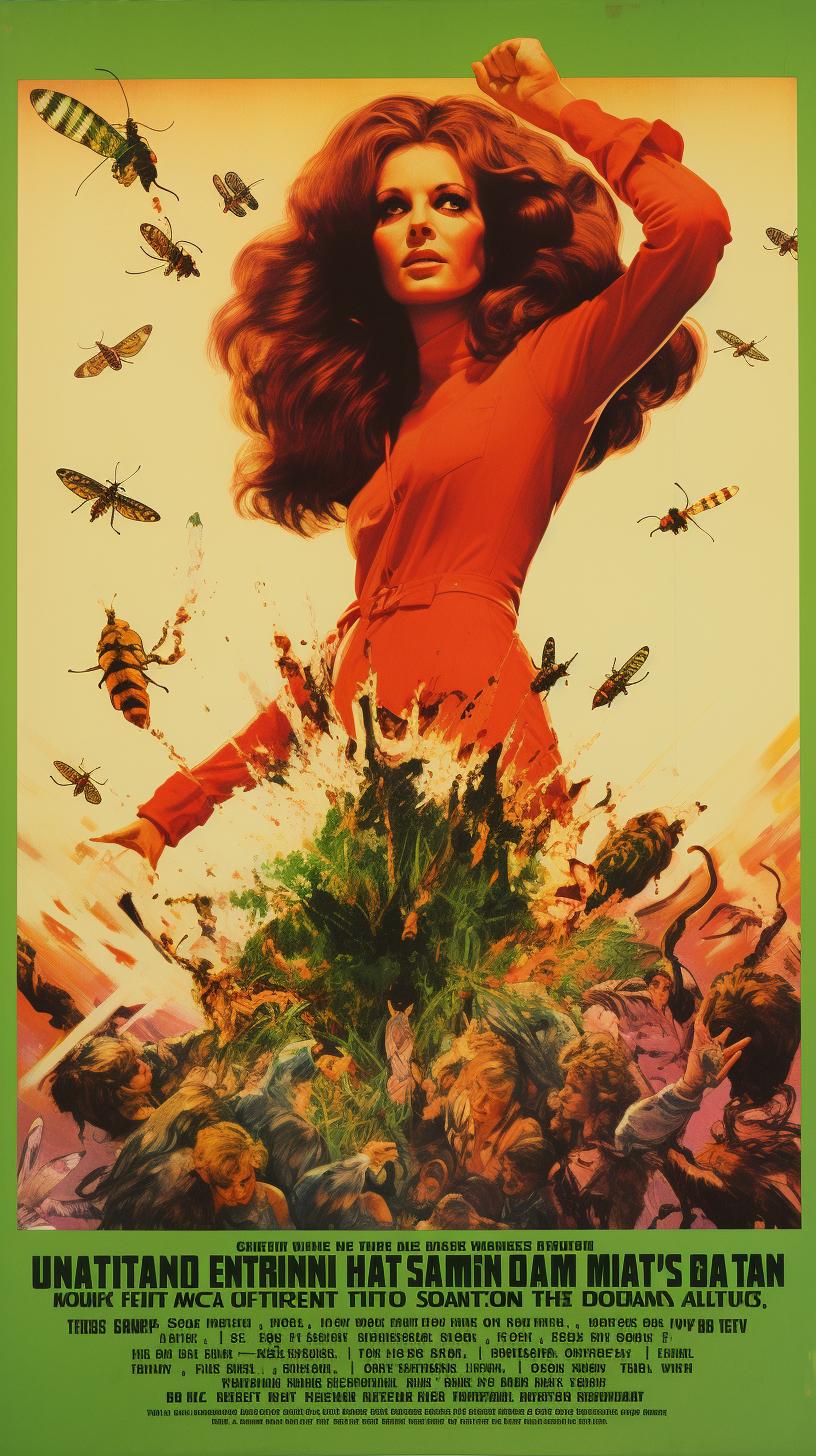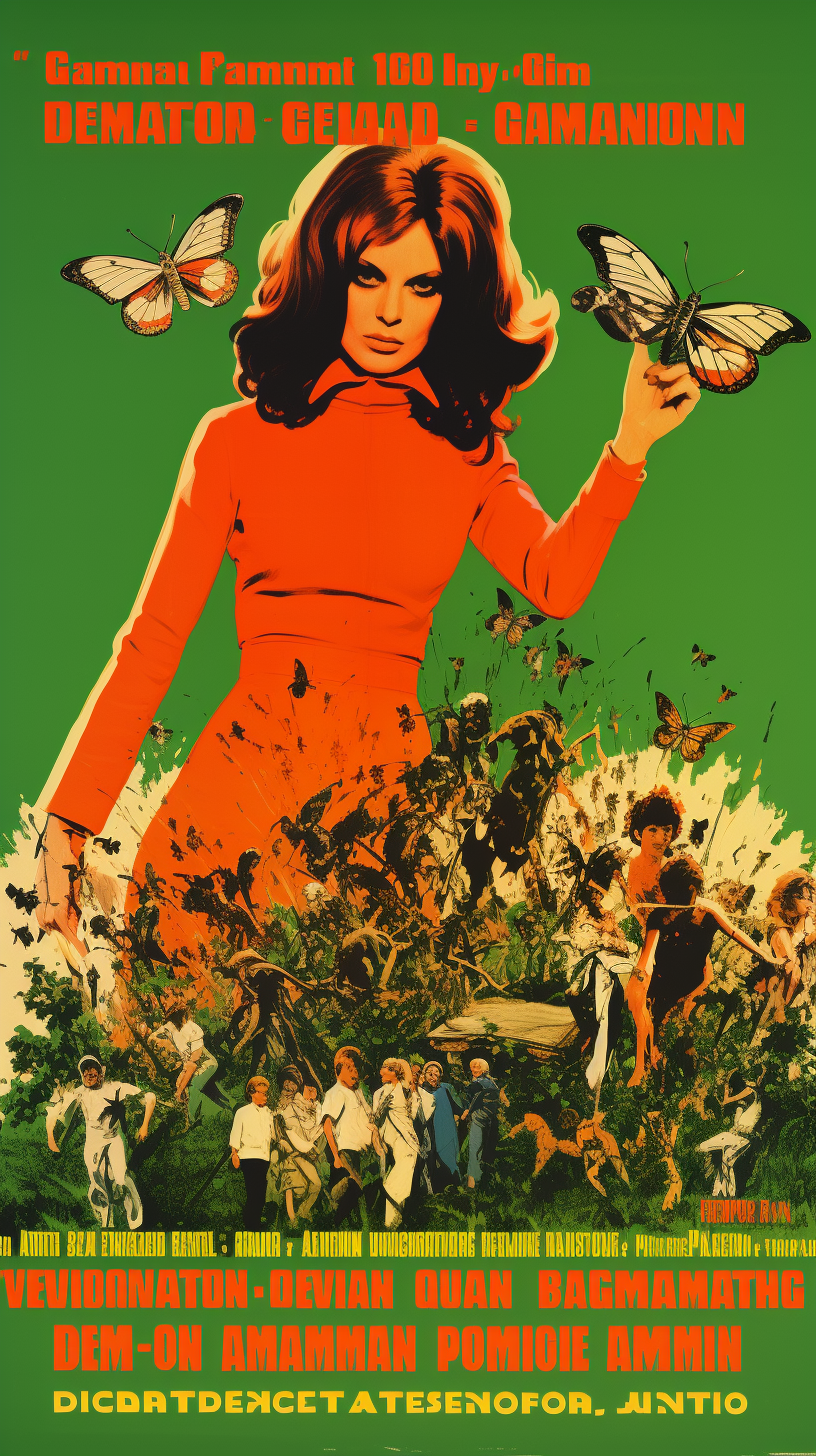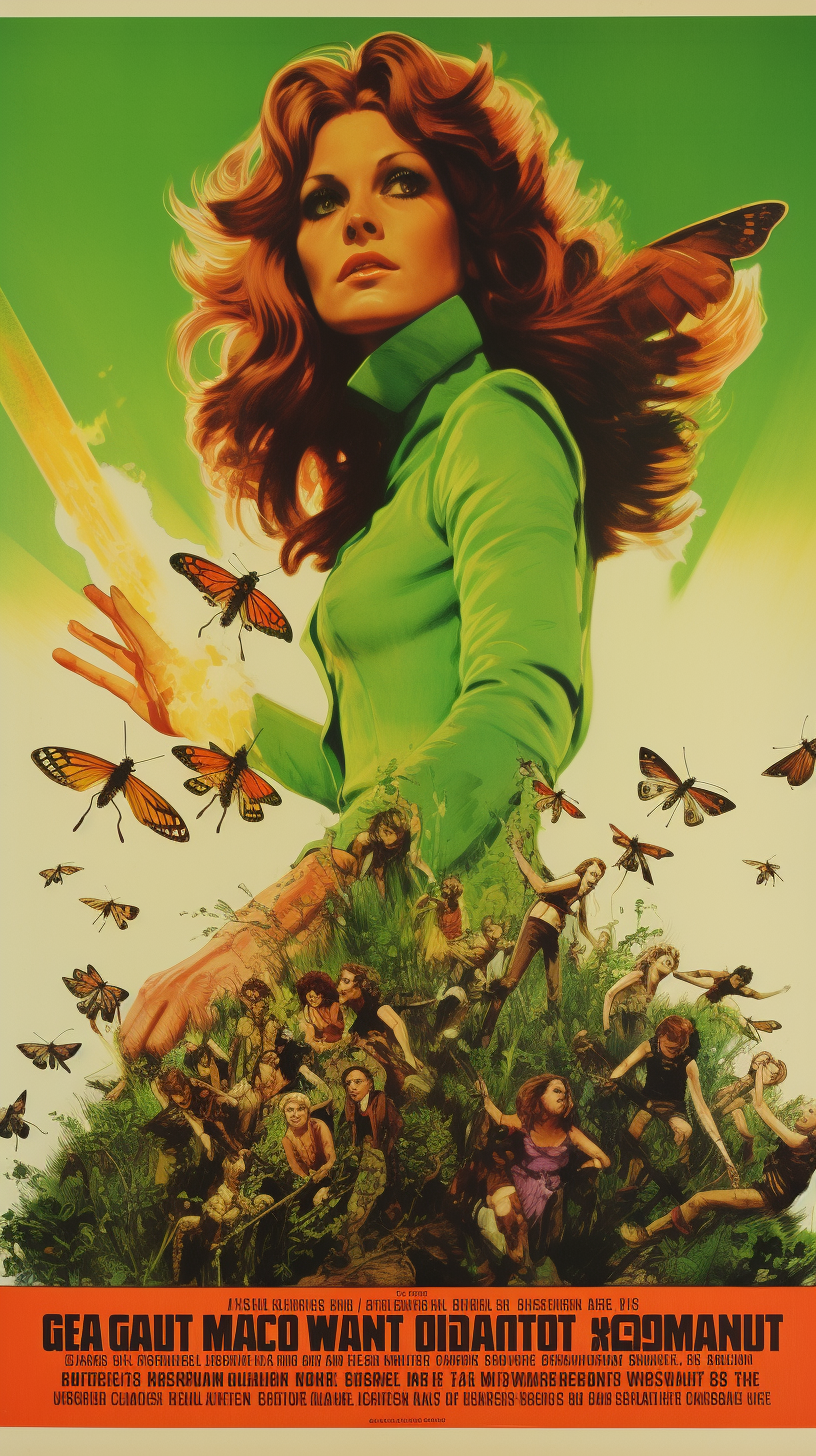ECO: A FEMINIST DISASTER is an ongoing series of films composted from a subgenre of eco-horror films produced between 1970-1981. The films both serve as a Hollywood franchise parody, speculative film history, and autoethnography.
Eco: A Feminist Disaster Version 1, TRT 13:52, 2022
Screenings: Escape from Null Island 2022
Eco: A Feminist Disaster Sequel, TRT: 7:54, 2023
Screenings: Cosmic Rays - 2024 • Mimesis - 2024
Eco: A Feminist Disaster Sequel - THE REMAKE, work in progress
“By the beginning of the 1970s, man had brought the destruction of his environment close to the point of no return. Of course, there was a great deal of rhetoric about saving the Earth, but in reality, very little was done.” So begins the opening narration of No Blade of Grass (1970) the first film produced in a small subgenre of big budget eco-disaster films from the 1970s. Unsatisfied by the persistent anthropocentric fixation of these films, I search through the margins of their narratives for latent messaging about the human’s relationship to the environment. Treating the films as found footage material divorced from original authorial intention, I extract and re-edit using a framework of feminist posthumanism to form an ongoing series of new film texts, Eco: A Feminist Disaster and Eco: A Feminist Disaster Redux. As Rosi Braidotti writes, “Exposing anthropocentric arrogance and the violent exploitation of non-human others is a core value for posthuman feminism, which joins forces with, but also goes beyond, the critique of humanism.”[1] All of the material for this critique is contained in the films, combining and reconfiguring the footage allows these existing relationships to become more apparent. The themes that emerge in the new film texts center around man’s fears and attempts to control fertile bodies, as the relationship between human, insect, plant, and mammal slowly equalize onscreen. My approach to working with the found footage material preferences instinct over prescribed structure to make selections and create new relationships between themes in the films. Working with the film material in this way allows for a corrective to take place, to use the constituent parts but change the ultimate direction of audience attention.
Alongside these films, I work with the AI-image generator Midjourney, to create movie posters for each new film, considering the parallels between the cut-up method of found footage filmmaking and AI image-generation as two methods of teasing out unnoticed relationships from our cultural detritus to create new more organic ecosystems that reveal deeper interspecies networks and relationships that traditional Hollywood narrative allows for. The resulting images embodied a surprisingly parallel ethos of feminist posthumanism that emerged as part of the video editing process. Human and plant merged and melted together in unexpected and often unsettling ways. Just as cutting up the films enabled new relationships to become highlighted within a set designated landscape of material, the process of creating a film poster using AI image generators had a remarkably similar effect, highlighting thematic relationships that can be felt intuitively but are not readily apparent. I made two sets of posters, one in December 2022, and another in September 2023, even using the same prompts the results were vastly different.
This drastic shift again paralleled my editing process, leading me to think about how what we consume–either as a human going through life, or an AI tool scraping the internet– dictates where we place our focus; and how much that can shift our perspective in a short period of time, even when working from the same material.
[1] Braidotti, Rosi. Posthuman Feminism. Cambridge: Polity Press, 2022. 68.

